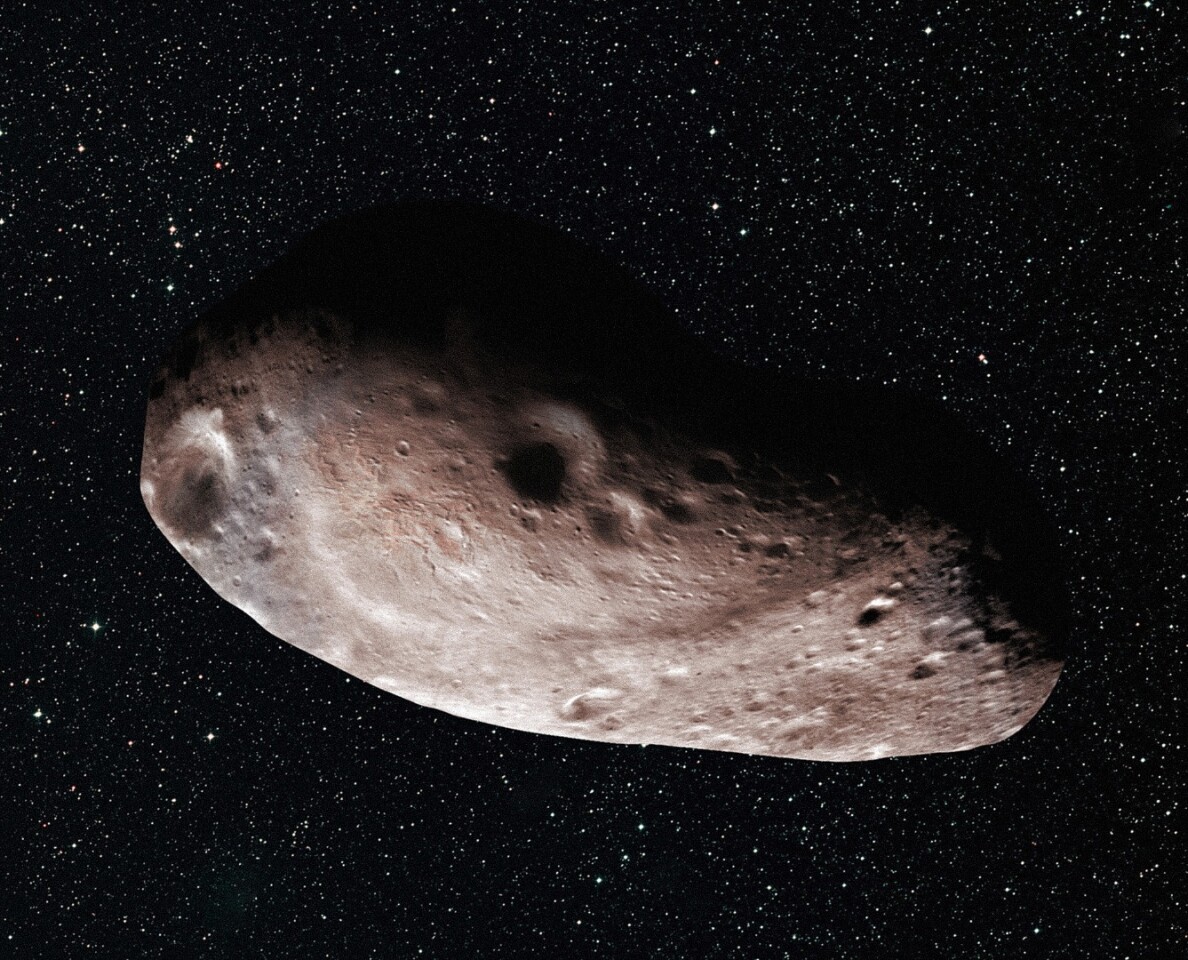In less than 17 months NASA's New Horizons spacecraft will make a close proximity pass of the ancient Kuiper belt object (KBO) 2014 MU69, marking what will be the most remote flyby in the history of robotic space exploration. In preparation for the pass, a team of scientists has completed an ambitious set of observations that have shed light on the possible shapes of the KBO.
New Horizons has had a pretty great career. Following its launch in 2006, and a subsequent gravity assist from Jupiter, the plucky explorer flew past the dwarf planet Pluto on July, 14, 2015, harvesting over 50 gigabits of data in the process.
It took well over a year for New Horizons to transmit the treasure trove of information back to Earth, which has since revolutionized our understanding of Pluto, revealing a diverse and active world riddled with exciting phenomena.
Its work with Pluto complete, New Horizons raced further into the Kuiper belt toward its next target – 2014 MU69. A successful pass of the KBO will allow scientists to analyze data on a body that has remained largely unchanged since the birth of our solar system.
To prepare for the rendezvous, a team of NASA scientists and collaborators have observed 2014 MU69 as it passed in front of three separate stars on June 3, July 10 and July 17. Images collected during these occultations would allow New Horizons' handlers to better understand the shape of the KBO, its orbit, and its environment.
Capturing an occultation event involving a small solar system object orbiting over 4 billion miles from Earth is no small task. Unlike a lunar eclipse, which blocks the Sun's light across a vast swathe of land for minutes at a time, the shadow cast by 2014 MU69 falls on a tiny sliver of the Earth for a duration of about two seconds.

The team used observations made by the NASA/ESA Hubble Space Telescope, and ESA's Gaia mission to pinpoint exactly where the shadows cast by the KBO would fall, and set up an army of mobile telescopes to image the transits.
An analysis of images snapped during the stellar occultations has revealed a number of potential configurations for 2014 MU69. The KBO could be shaped like an "extreme prolate spheroid" (a stretched out American football), or even two separate bodies, that either orbit incredibly close to one another, or are actually touching. It could also look like a single body with a sizable chunk removed.
The data also suggests that 2014 MU69 is no longer than 20 miles (30 km) in length, or two bodies each roughly 9-12 miles (15-20 km) in diameter.
The discovery that 2014 MU69 is not a nice, simple, spherical KBO is reminiscent of the trials faced by the scientists of the Rosetta/Philae mission as they planned their interactions with the comet 67P/Churyumov–Gerasimenko. Luckily for the New Horizons team, they need only orchestrate a flyby, rather than an orbital insertion paired with a landing.
"This new finding is simply spectacular,"' comments Alan Stern, mission principal investigator from the Southwest Research Institute (SwRI) in Boulder, Colorado. "The shape of MU69 is truly provocative, and could mean another first for New Horizons going to a binary object in the Kuiper Belt. I could not be happier with the occultation results, which promise a scientific bonanza for the flyby."
Source: NASA





